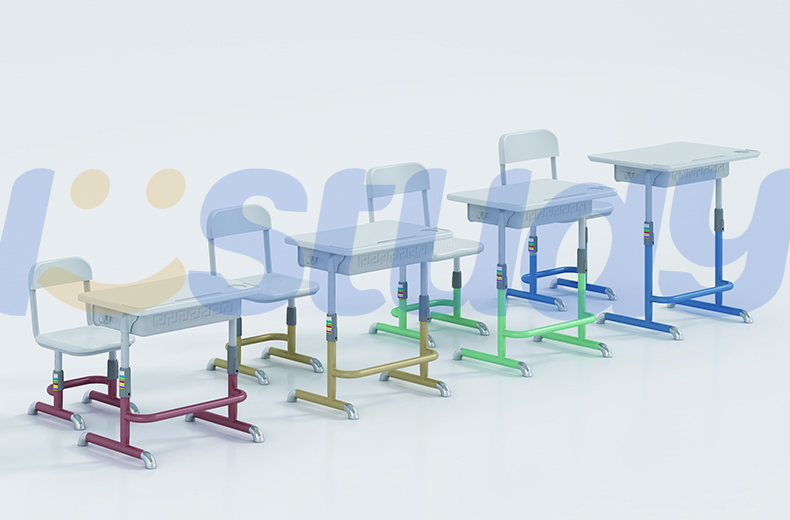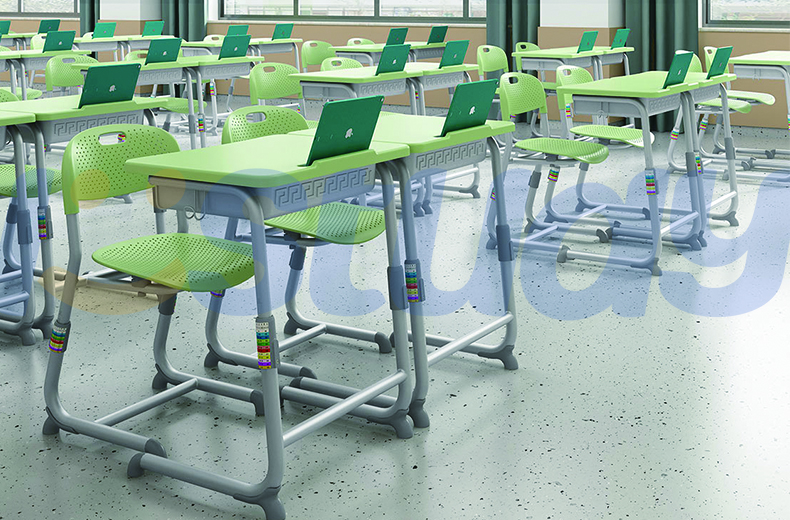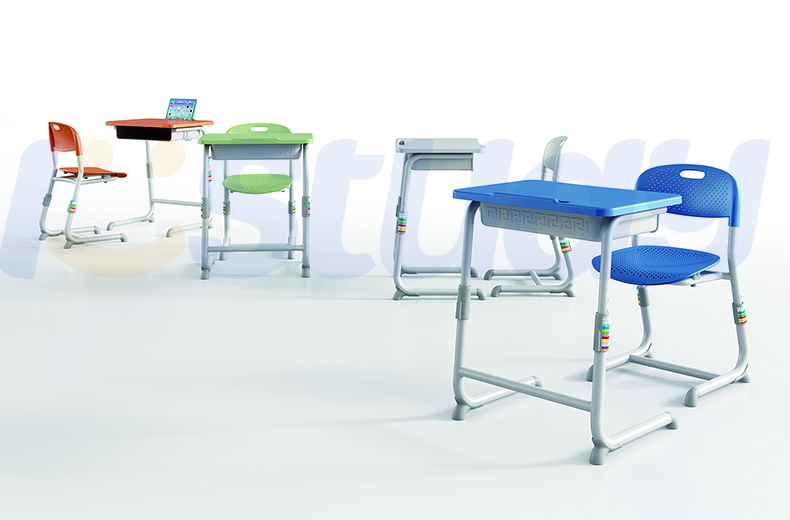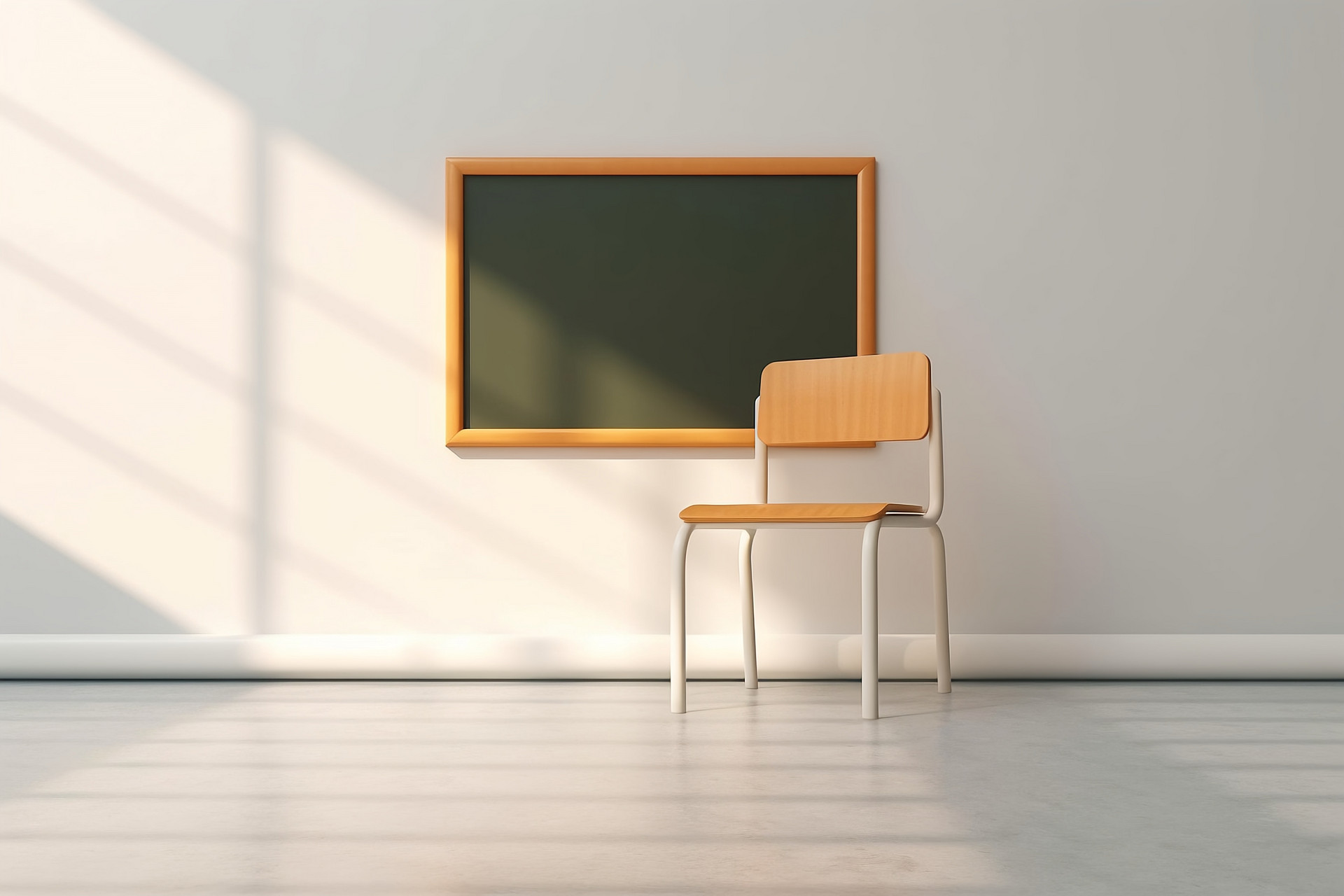Unveiling the Development Trends of the School Furniture Industry
The school furniture industry is experiencing a period of transformation driven by evolving educational practices, technological advancements, and sustainability initiatives. As schools adapt to new teaching methodologies and learning environments, the demand for innovative and functional furniture solutions continues to grow. Let's explore some of the key development trends shaping the future of the school furniture industry:

1. Ergonomic Design:
One of the prominent trends in school furniture design is a focus on ergonomic principles to promote student comfort and well-being. Ergonomically designed chairs, desks, and workstations are engineered to support proper posture, reduce fatigue, and enhance concentration during long periods of study. Adjustable features such as seat height, backrest angle, and desk height accommodate students of different ages and sizes, fostering a more inclusive learning environment.
2. Flexible and Collaborative Spaces:
The traditional classroom layout is giving way to flexible and collaborative learning spaces that encourage student engagement, creativity, and teamwork. As a result, school furniture manufacturers are developing modular and adaptable furniture solutions that can be easily reconfigured to accommodate different teaching styles and activities. Mobile desks, adjustable seating arrangements, and modular storage units facilitate seamless transitions between individual work, group projects, and interactive learning experiences.

3. Integration of Technology:
With the increasing use of digital tools and devices in education, there is a growing demand for school furniture that integrates technology seamlessly into the learning environment. Furniture solutions with built-in charging stations, cable management systems, and device storage compartments facilitate the use of laptops, tablets, and interactive displays while keeping the classroom organized and clutter-free. Height-adjustable desks equipped with electronic controls enable students to transition between sitting and standing positions, promoting movement and active learning.
4. Sustainability and Environmental Responsibility:
As awareness of environmental issues grows, there is a growing emphasis on sustainability and eco-friendly practices in the school furniture industry. Manufacturers are utilizing renewable and recyclable materials, such as FSC-certified wood, recycled plastics, and low-emission finishes, to reduce their environmental footprint. Additionally, energy-efficient production processes, waste reduction initiatives, and product lifecycle assessments are becoming standard practices to minimize resource consumption and environmental impact.

5. Customization and Personalization:
Schools are seeking furniture solutions that reflect their unique educational philosophies, branding, and identity. As a result, there is a trend towards customizable and personalized furniture options that allow schools to tailor their learning spaces to meet specific requirements and preferences. From color choices and upholstery materials to branding elements and ergonomic features, customizable furniture enables schools to create environments that inspire creativity, foster community, and support their educational goals.
6. Health and Hygiene Considerations:
In light of health concerns and hygiene considerations, there is a renewed focus on the design and materials used in school furniture to promote cleanliness and infection control. Antimicrobial surfaces, easy-to-clean finishes, and non-porous materials are being incorporated into furniture designs to reduce the spread of germs and ensure a hygienic learning environment. Additionally, furniture solutions with smooth edges, rounded corners, and no crevices minimize the risk of injury and facilitate thorough cleaning and disinfection.
In conclusion, the school furniture industry is evolving to meet the changing needs and preferences of educators, students, and administrators. From ergonomic design and flexible learning spaces to technology integration and sustainability initiatives, the development trends in school furniture reflect a commitment to creating environments that inspire learning, foster collaboration, and support the well-being of all stakeholders in the education community.

